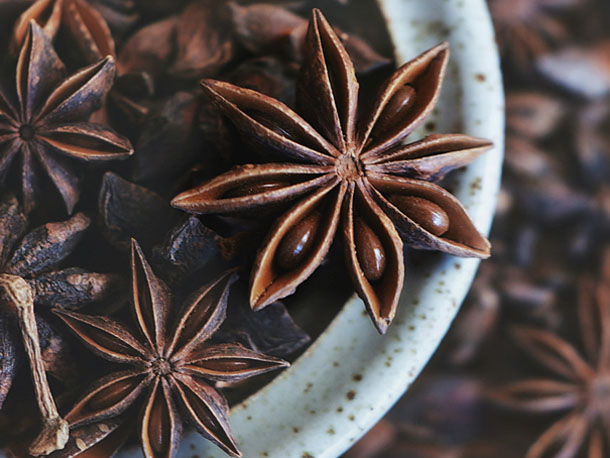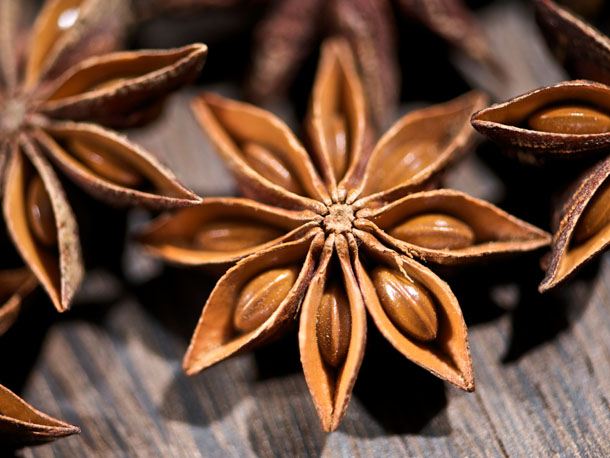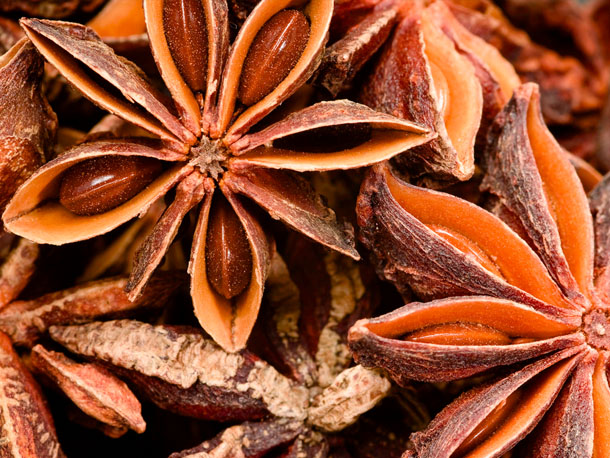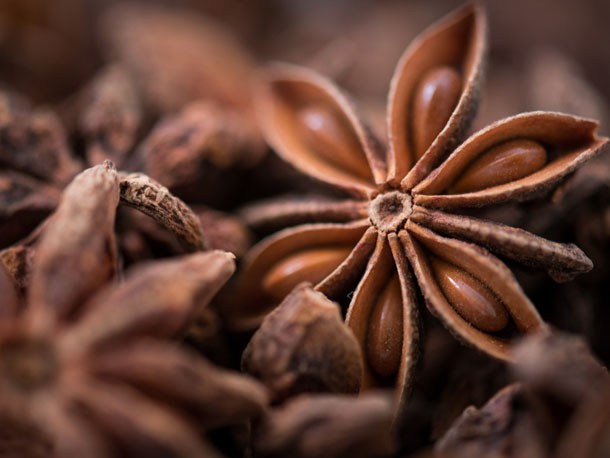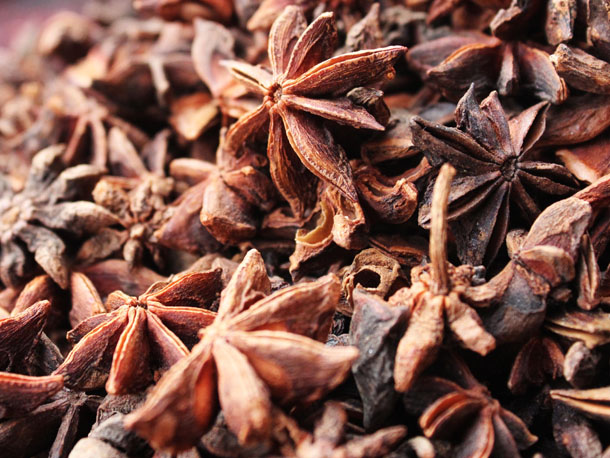Poor Asian crops helps star anise rebound
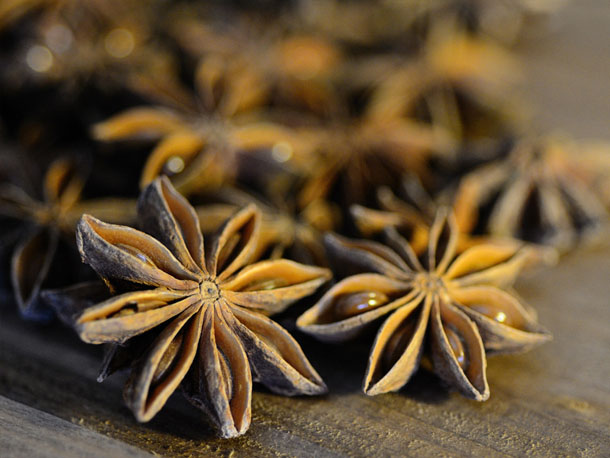
GLOBAL prices of star anise could be set to rebound from a recent price crash due to far smaller crops in both China and Vietnam.
Although not confirmed from source, has learned from Indian traders that the crop in China could only reach half the levels produced last year.
According to Rajiv Jaiswal of Indian trader GM Export/Import, China’s star anise crop could be just 10,000 tonnes, compared with 20,000 tonnes last season.
However, a Dutch trader pointed out that there is no shortage as farmers ramped up production last season due to claims that the spice could be used in the fight against bird flu, but this demand failed to transpire. “The health claim caused euphoria among farmers and now we have too much in comparison with the demand that the spice trade can use, ” he said. “I am happy to see less being produced.” The price of material from the new Chinese crop has risen to $1,550 to $1,600 a tonne c&f India, compared with a recent historical low of $1,200 a tonne. The Dutch trader pointed out that a more normal price for star anise would be about $3,000 a tonne, so current prices still represent a “bargain”.
Other than the smaller crop in August, Chinese star anise will not be available again until the new crop in February.
Likewise, Vietnamese star anise production is also thought to be 40% lower than the previous year, although Mr Jaiswal could not put a tonnage figure on this year’s output. The Dutch trader said he thought production for the whole season in Vietnam would be close to 10,000 tonnes but admitted it was always hard to be sure as the growing regions are on the China/Vietnam border and supplies are often smuggled one way or the other depending on which country is offering the best returns. He noted that Vietnam has been aggressively raising its production of the spice in recent years to try and gain a greater share of the global market in a similar way to how it has cornered other commodity markets such as pepper, cashew, coffee and rice.
“Right now there are no offers from Vietnam for the new crop, but everyone is sure that the price will be very high when compared with last year because of the short crop, ” said Mr Jaiswal.
He noted that after the August peak, Vietnam’s next crop would be in March 2007.
“In conclusion, prices will keep on rising, as there will be full demand from India, Pakistan and in the Gulf market at the same time as a lot of festivals are going to fall within four months like Diwali, Dasara, Ramadan and Christmas, ” suggested the Indian trader.

